|
Many supporters of keeping Australia Day on January 26 cite tradition as a reason to maintain the status quo.
But as historian Benjamin T. Jones from Central Queensland University writes today, Australia Day hasn’t always been marked on January 26.
For example, Australia Day was marked on July 30 in 1915 as a fundraising effort for the first world war, and was celebrated in late July every year for the rest of the war.
In fact, Australia Day only officially became a public holiday on January 26 across the nation in 1994.
Protests on January 26 are also not new. In 1938, First Nations people declared January 26 a “day of mourning”. And on that day in 1988, over 40,000 people marched in Sydney calling for Indigenous land rights - the largest protests since the Vietnam Moratorium demonstrations in the early 1970s.
As we head into another year of debate and division over the date of our national holiday, Jones writes that “it’s important to recognise Australia Day has not always been celebrated on January 26, and the meaning of the date has long been contested”.
And Professor of Indigenous Studies Bronwyn Carlson writes today she’s tired of the same old debate that rears its head in January every year.
She says the conflict over a date obscures the discussions we should be having: about truth, about treaty, and about the ongoing suffering many Aboriginal and Torres Strait Islander peoples still endure.
|

|
Liam Petterson
Deputy Politics Editor
|
|
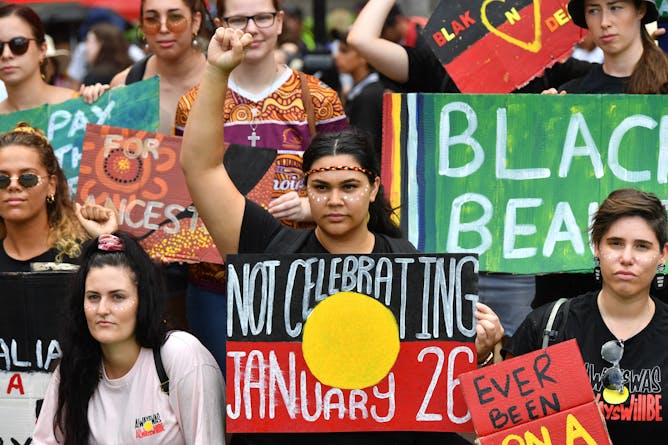
Benjamin T. Jones, CQUniversity Australia
Australia Day has not always been celebrated on January 26, and the meaning of the date has been contested historically and today.
|
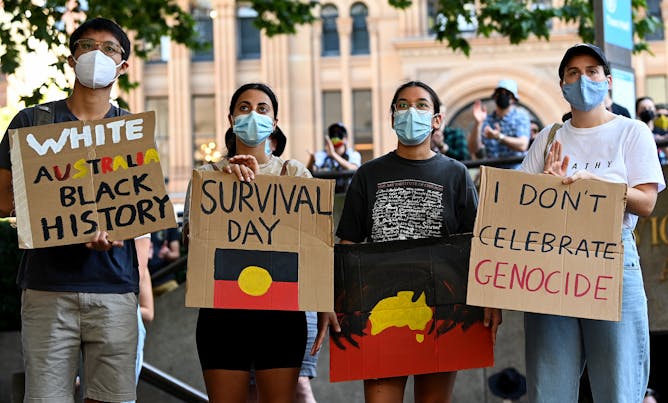
Bronwyn Carlson, Macquarie University
January 26 brings debate about whether the day of invasion should be celebrated. People seem to ignore it was just the beginning of the oppression of Indigenous peoples.
|
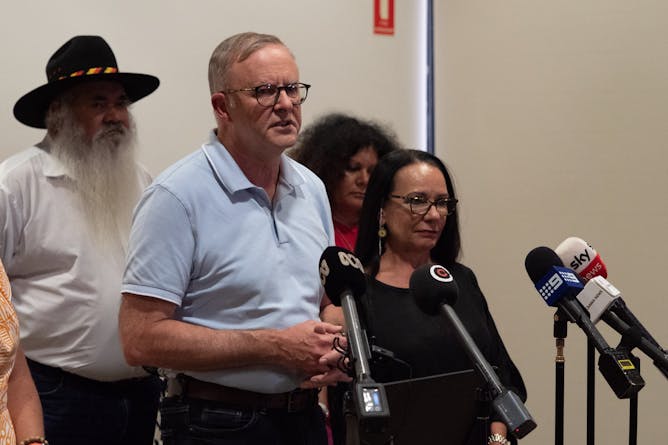
Thalia Anthony, University of Technology Sydney; Vanessa Napaltjari Davis, Australian National University
Whenever there is talk of a “crime wave” in Indigenous communities, the response has always been paternalistic and harsh. The evidence shows it doesn’t work.
|
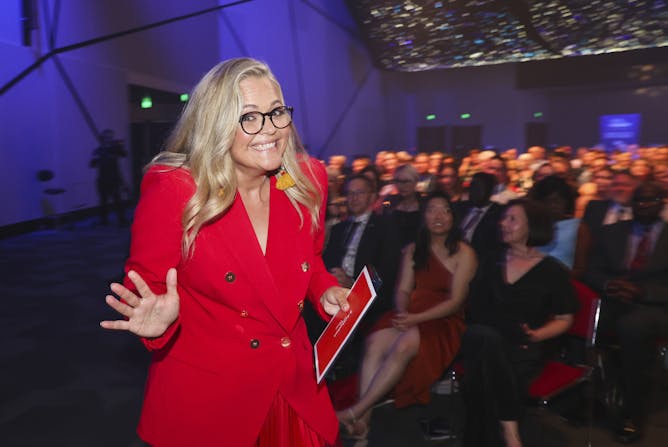
Michelle Grattan, University of Canberra
The four recipients “share a common bond – using their life experience as a power for good, helping others around them and making the world a better place
|

Mary Crock, University of Sydney
Character grounds have long been cited as a reason for denying visas to visit Australia. And politics is usually just beneath the surface.
|
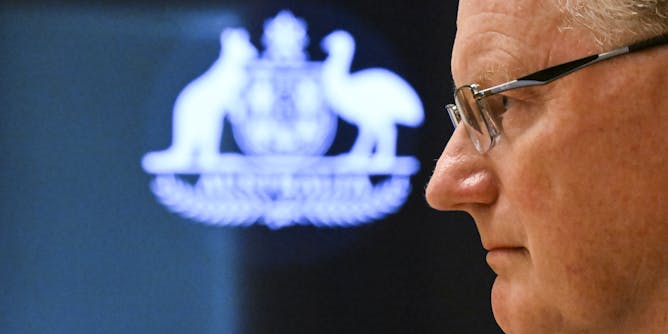
Isaac Gross, Monash University
Interest rates are almost certain to rise again in February, after the latest Consumer Price Index figures showing inflation hitting a record high of 7.8% in 2022.
|
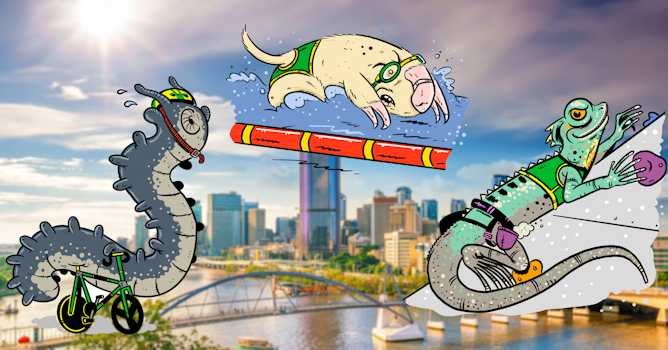
Euan Ritchie, Deakin University
From a ‘worm’ that shoots deadly slime from its head, to a blind marsupial mole that ‘swims’ underground, let’s take a look at three leading candidates (plus 13 special mentions).
|

Martine Kropkowski, The University of Queensland
Daniella Mestyanek Young grew up in the Children of God cult, also known as The Family. She escaped aged 15, then joined the US army after college – and recognised similar systems of toxic control.
|
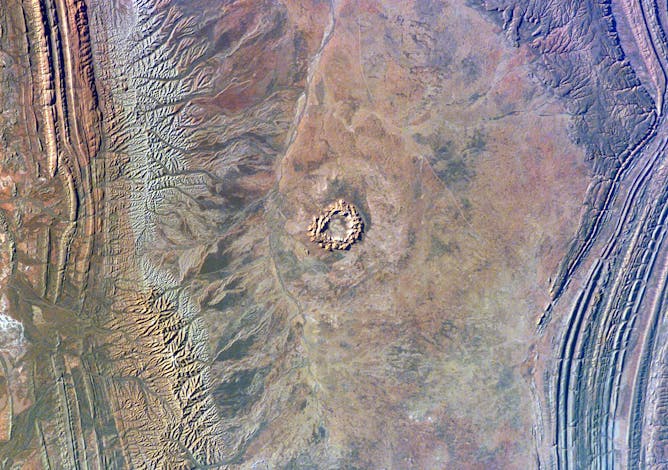
Helen Brand, Australian Nuclear Science and Technology Organisation
Meteor impacts are an inevitable part of being a rocky planet in space. The craters they leave behind are a window into the tumultuous history of Earth.
|
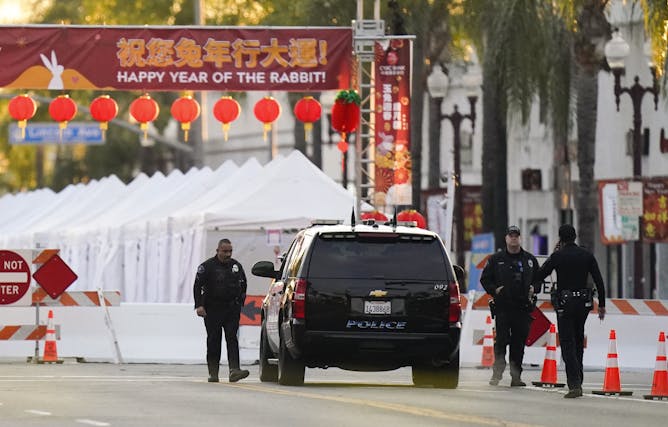
Jillian Peterson, Hamline University ; James Densley, Metropolitan State University
Mass shooters over the age of 60 are rare, but often differ from younger gunmen in motives and actions prior to their attack.
|

Susan Hazel, University of Adelaide; Ana Goncalves Costa, University of Adelaide; Julia Henning, University of Adelaide
A proposed scientific name is frenetic random activity periods (FRAPs). In rabbits, these high activity periods are called ‘binkies’. But many cat and dog-owners simply call them ‘zoomies’.
|
Arts + Culture
|
-
Bronwyn Carlson, Macquarie University
Bell is an internationally renowned artist who works across painting, installation, video and performance, and a new documentary brings him to cinemas.
|
|
Health + Medicine
|
-
Vincent Ho, Western Sydney University
There are a lot of tummy bugs about, especially in NSW. But does the old advice of what to eat and drink during recovery still hold true?
-
Sarah Cunningham, Griffith University; Shannon Rutherford, Griffith University
Extreme heat kills more Australians than any other natural hazard. Here’s why it’s important to keep an eye on older family and friends this summer.
|
|
Science + Technology
|
-
Nathalie Collins, Edith Cowan University; Jeff Volkheimer, Duke University; Paul Haskell-Dowland, Edith Cowan University
The numbers are less concerning when viewed in the bigger picture.
|
|
Environment + Energy
|
-
Margaret Stanley, University of Auckland; Ellery McNaughton, University of Auckland; Josie Galbraith, Auckland War Memorial Museum; Rachel Fewster, University of Auckland
The pet trade has spurred a wave of bird imports, leading to escapes or even deliberate releases of exotic species into the wild. New research reveals the threat they now pose to native birds.
|
|
| |
|
|
|
Emerging Media
Melbourne VIC, Australia
•
Full Time
|

|
|
The Conversation AU
Melbourne VIC, Australia
•
Full Time
|

|
|
The Conversation Indonesia
Jakarta, Indonesia
•
Contract
|

|
|
|
|
| |
| |

|
| |
| |
| |
Featured Events, Courses & Podcasts
|
View all
|
|
1 January 2023 - 7 October 2026
•
|

|
1 February 2023 - 25 November 2029
•
|

|
|
|

|
20 February - 1 May 2023
•
Melbourne
|

|
|
|
|
| |
| |
| |
| |
| |
|
|